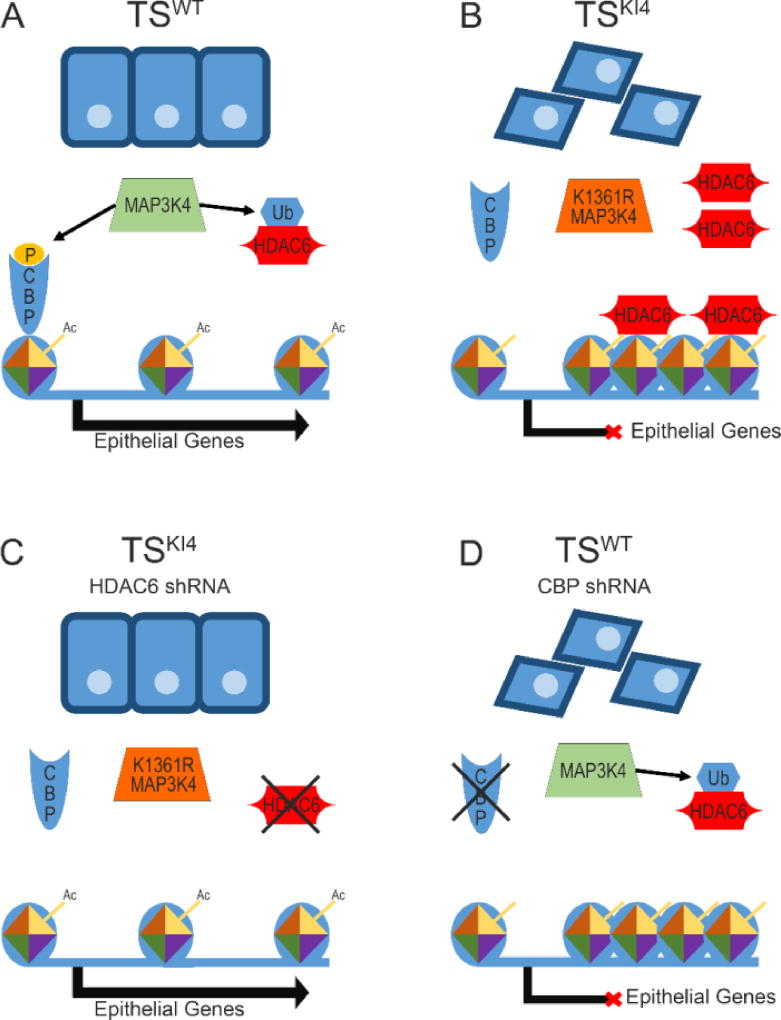Figure 2. Modifiers of H2BK5Ac control the expression of epithelial genes in TS cells.
(A) In epithelial TSWT cells, MAP3K4 activity promotes the phosphorylation of the HAT, CBP, which acetylates histones at the promoters of epithelial genes. HDAC6 is targeted for destruction by MAP3K4-dependent ubiquitination, which prevents the deacetylation of the promoters of epithelial genes. The resulting euchromatin allows transcription of epithelial genes. (B) In mesenchymal TSKI4 cells, the loss of MAP3K4-activity leads to a loss of H2BK5Ac at the promoters of epithelial genes, condensing the chromatin. MAP3K4-dependent CBP phosphorylation is lost, and HDAC6 expression and activity increase due to decreased ubiquitination and destruction. (C) shRNA-mediated knockdown of HDAC6 in TSKI4 cells partially restores H2BK5Ac. The increase in H2BK5Ac promotes the formation of euchromatin, which favors the expression of genes maintaining the epithelial phenotype. Although CBP activity is still diminished, decreased HDAC6 expression is sufficient to reduce invasiveness and restore epithelial features like tight junction formation and epithelial barrier function. (D) shRNA-mediated knockdown of CBP in TSWT cells decreases H2BK5Ac and induces a mesenchymal phenotype. Decreased H2BK5Ac at the promoters of genes important to the epithelial phenotype condenses the chromatin and prevents transcription.

